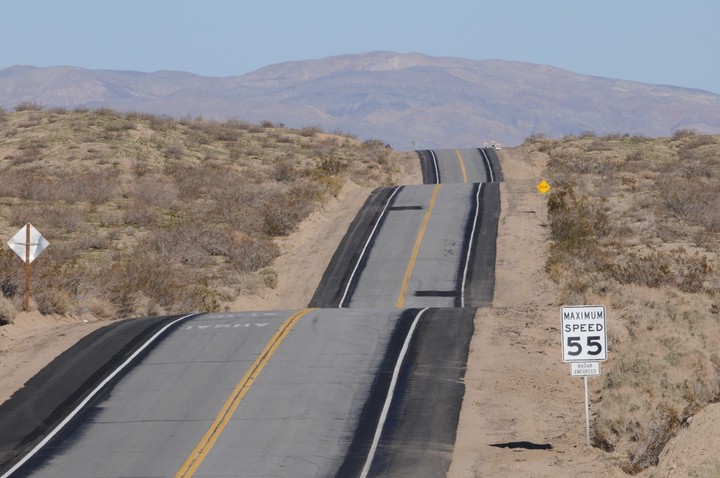Drought and Human Health

I arrived at UCLA in late 2017 to work on a project funded by the University of California, Office of the President (UCOP) through its MRPI (Multicampus Research Programs and Initiatives) grant. The overall goal of the project is to study the public health effects of the recent California drought (2012-2014). The transdisciplinary team comprises of members from UCLA, UC- Berkeley, UC-Merced and Scripps Institute of Oceangraphy. We work closely with Justin Remais’s group at the UC Berkeley School of Public Health. My ongoing work is focused on three fronts - evaluating the the role of climatic variability on West Nile Virus and Valley Fever incidence,
- Analysis of vegetation cover change in California using remote sensing,
- Apply a wind erosion model to simulate dust emissions from dust hotspots in the region,
- Assessment of the role of urban outdoor irrigation in vector (mosquito) abundance in the Los Angeles Basin.
In an early study, I analyzed the role of wind and dust in vehicular accidents in three desert counties in California (Bhattachan et al., 2019).
We just published a paper in ES&T [(Bhattachan et al., accepted)], examining the role of mandatory outdoor residential irrigation during 2015 (admist the 2012-2012 drought) on vector abundance in two sub-regions in Los Angeles and Orange Counties. We employed a counterfactual scenario to predict mosquito abundance in which drought occurred but no water use restrictions were implemented. Our results show that water use restrictions (voluntary and mandatory) reduced the outdoor water use in both study sub-regions and mandatory water use restrictions led to substantial reduction in mosquito abundance.